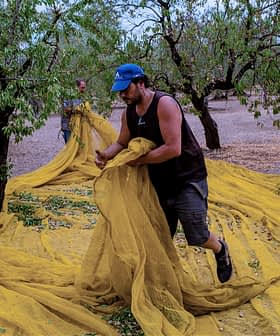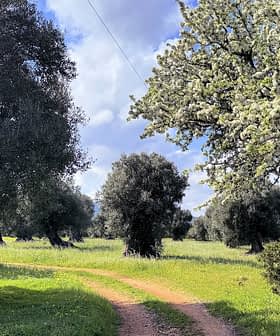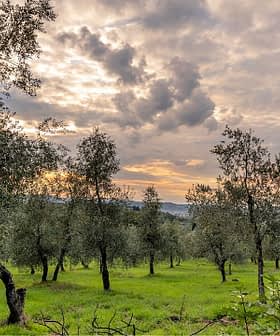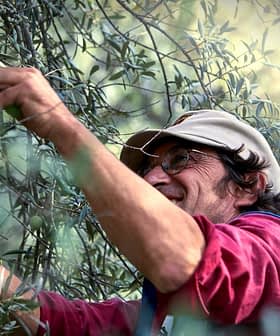Italian PDO and PGI Extra Virgin Olive Oils Are Increasing in Value
According to a new report, the value and volume of extra virgin olive oils with geographical indications are increasing across Italy. Puglia and Tuscany are leading the way.
 Photo courtesy of Consorzio Olio Toscano IGP
Photo courtesy of Consorzio Olio Toscano IGPA new report published by the Institute of Services for the Agricultural Food Market (Ismea) and Qualivita shows that the value of Italian extra virgin olive oils with geographical indications has steadily increased over the past decade.
“The identity of food is increasingly important for global and interconnected consumers, who can count on a selection of food from all over the world,” Raffaele Borriello, the general director of Ismea, said. “Geographical indications anticipated the current perceptions of quality, which include traceability, preservation of biodiversity and protection of the landscape.”
Across all applicable sectors – such as wine, cheese, meat and olive oil – Italian products with Protected Designation of Origin (PDO or DOP) and Protected Geographical Indicator (PGI or IGP) status are worth €16.2 billion ($17.5 billion).
The market value of PDO and PGI extra virgin olive oils alone has steadily risen to €144 million ($155 million), a 21 percent increase compared with last year. Exports of PDO and PGI extra virgin olive oils have also risen, reaching €62 million ($67 million), an increase of 11 percent over the same period.
Tuscany and Puglia have been the driving forces behind these rising figures, and are each responsible for about €25 million ($27 million) of PDO and PGI production. Sicily, Liguria and Umbria also combine for a total of €24.1 million ($26 million) worth of PDO and PGI production.
Along with the growing value of olive oils with geographical indications, the volumes have also increased, rising by 22 percent.
“Italian PDO and PGI products have a key role in tourism and the economy of their territories,” Mauro Rosati, the general manager of Qualivita, said. “They are a binding force in the territorial experience capable of involving agriculture, crafts, hotels, quality restaurants and cultural and artistic heritage.”








